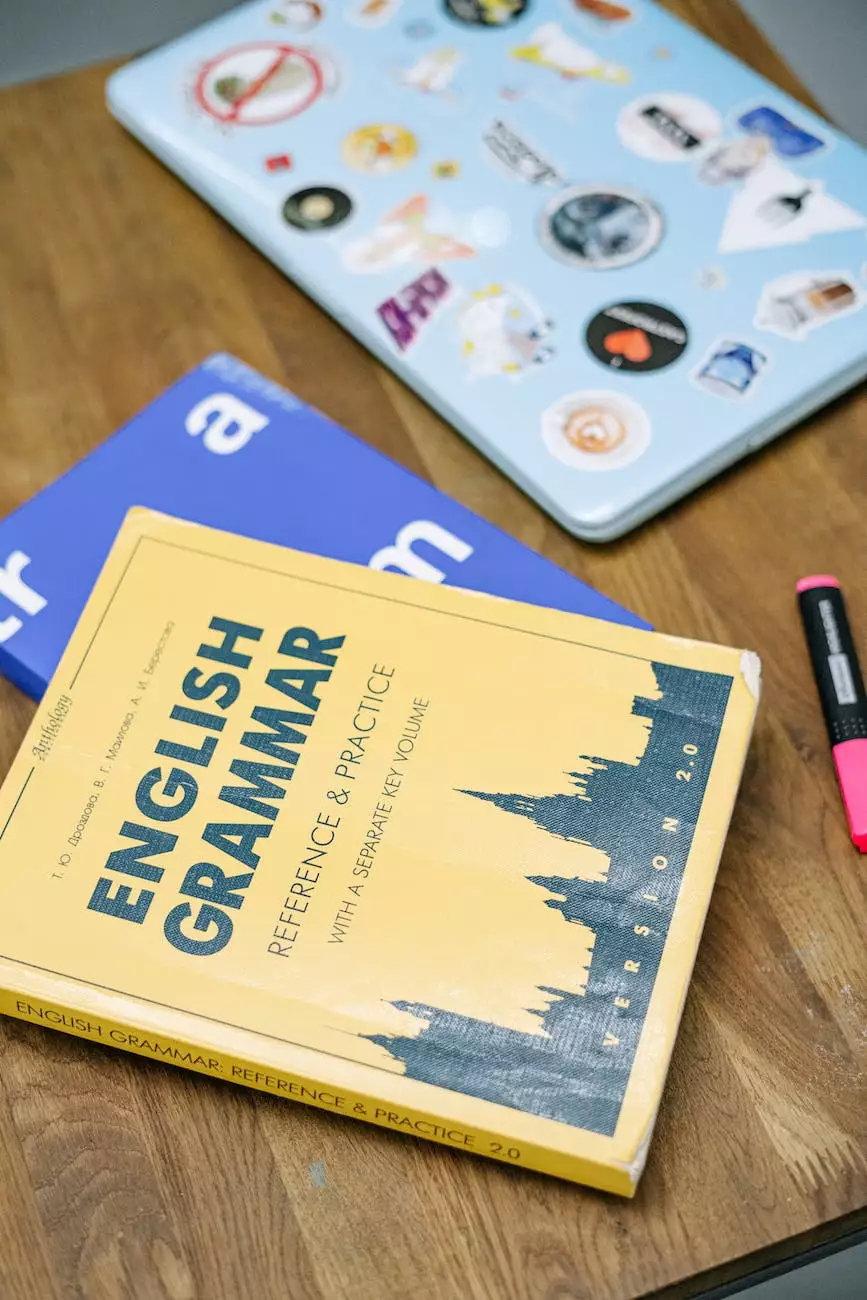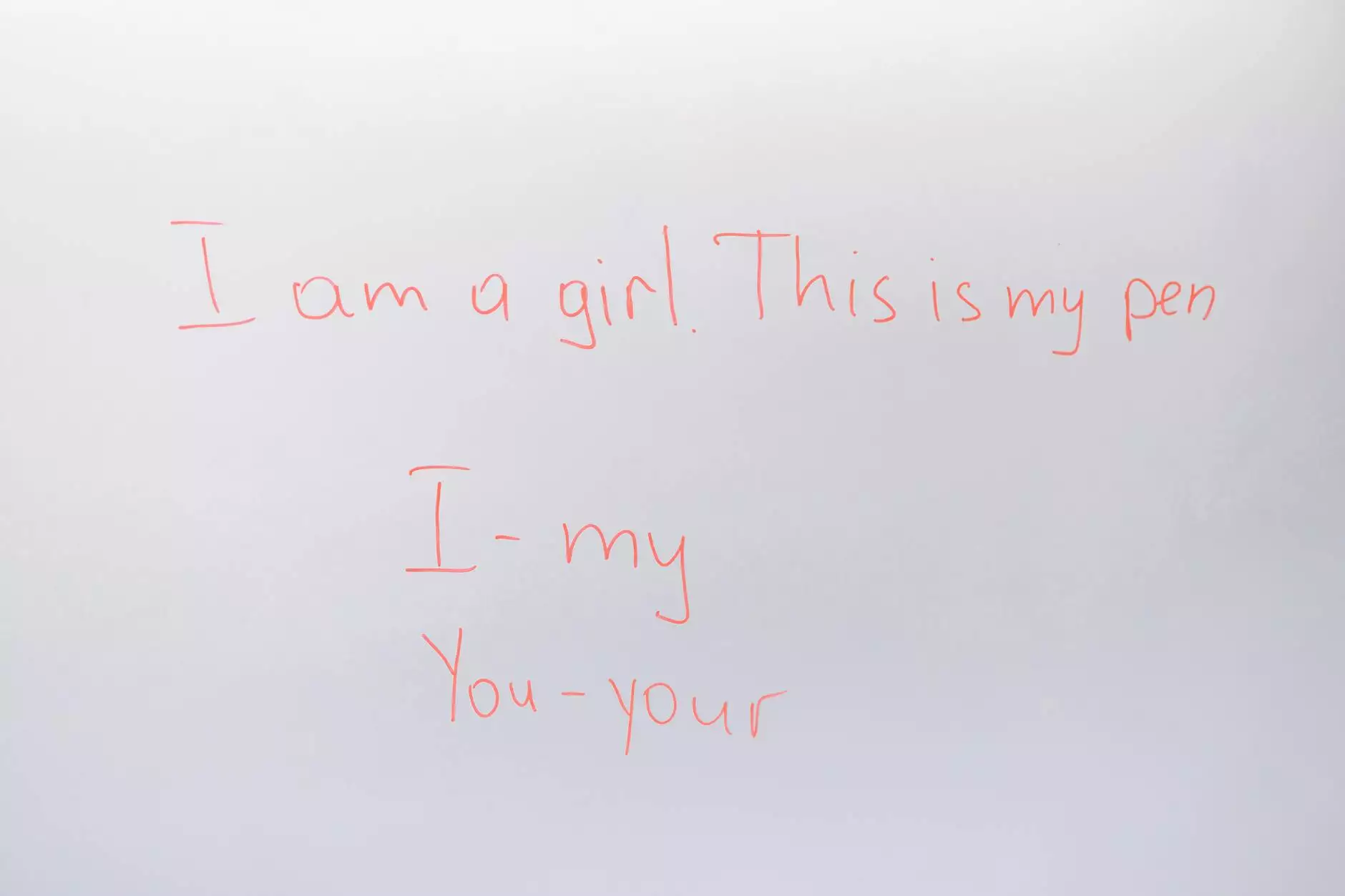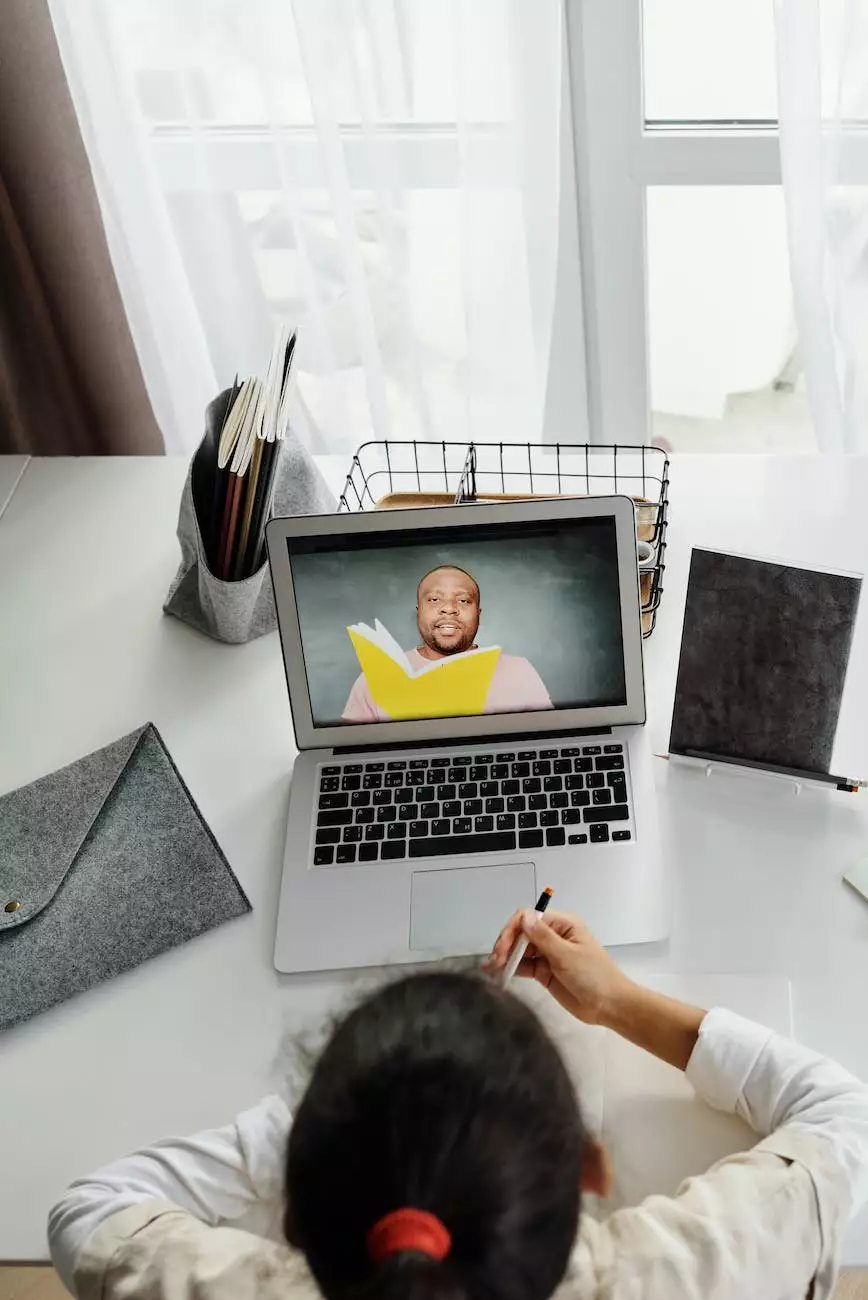Flip Out – English Phrasal Verb One Point Lesson
English Vocabulary Lessons
Introduction
Welcome to NJCLT's one point lesson on the English phrasal verb 'flip out.' In this comprehensive guide, we will dive into the definition, usage, and examples of this versatile phrasal verb. Whether you are a beginner or an advanced English learner, this lesson will help you expand your vocabulary and improve your language skills.
Definition
The phrasal verb 'flip out' is an idiomatic expression used to describe a sudden, extreme, and often irrational reaction to something. It typically conveys a sense of surprise, excitement, or strong emotion. This phrasal verb is commonly used in informal contexts and is widely understood by native English speakers.
Usage
'Flip out' can be used in various situations to express different emotions and reactions. It can indicate someone's response to a surprising or unexpected event, a sudden burst of excitement, or even an extreme form of anger or frustration. The phrasal verb is frequently used in spoken English, informal writing, and casual conversations.
Examples of Usage
Here are a few examples to illustrate the usage of 'flip out' in different contexts:
- When I told her the news, she flipped out and started jumping up and down with joy.
- He flipped out when he saw the price of the new iPhone.
- She flips out whenever she sees a spider in the house.
- Don't flip out, but I accidentally spilled coffee on your new shirt.
Expanded Explanation
To better understand the usage of 'flip out,' let's break it down into its individual components. The verb 'flip' means to react strongly or suddenly, while 'out' adds emphasis to the reaction, implying an extreme or exaggerated response. When combined, they create a powerful phrase that conveys a wide range of emotions.
The phrasal verb can be used with different subjects, such as 'I,' 'he/she,' or 'they,' depending on the context and the person experiencing the reaction. It can also be used in various tenses, such as present, past, or future, to describe different situations and actions.
Tips for Using 'Flip Out' Effectively
If you want to incorporate 'flip out' into your English conversations, here are a few tips to keep in mind:
- Pay attention to the context: Ensure that the situation calls for a strong or exaggerated reaction before using 'flip out.'
- Use appropriate body language: Pair your words with appropriate gestures and expressions to enhance the impact of your reaction.
- Practice pronunciation: Pay attention to the stress and intonation patterns when using 'flip out' to express different emotions accurately.
- Expand your vocabulary: Explore synonyms and related expressions to further expand your English language skills.
Conclusion
By now, you should have a solid understanding of the English phrasal verb 'flip out.' Remember to use this versatile expression appropriately and in the right context to add depth and nuance to your English conversations. Practice incorporating 'flip out' into your everyday language and observe its impact on your communication skills. With consistent practice and exposure, you will soon master this phrasal verb and use it confidently in any situation.
For more helpful language lessons and enriching English resources, visit NJCLT's website today!










